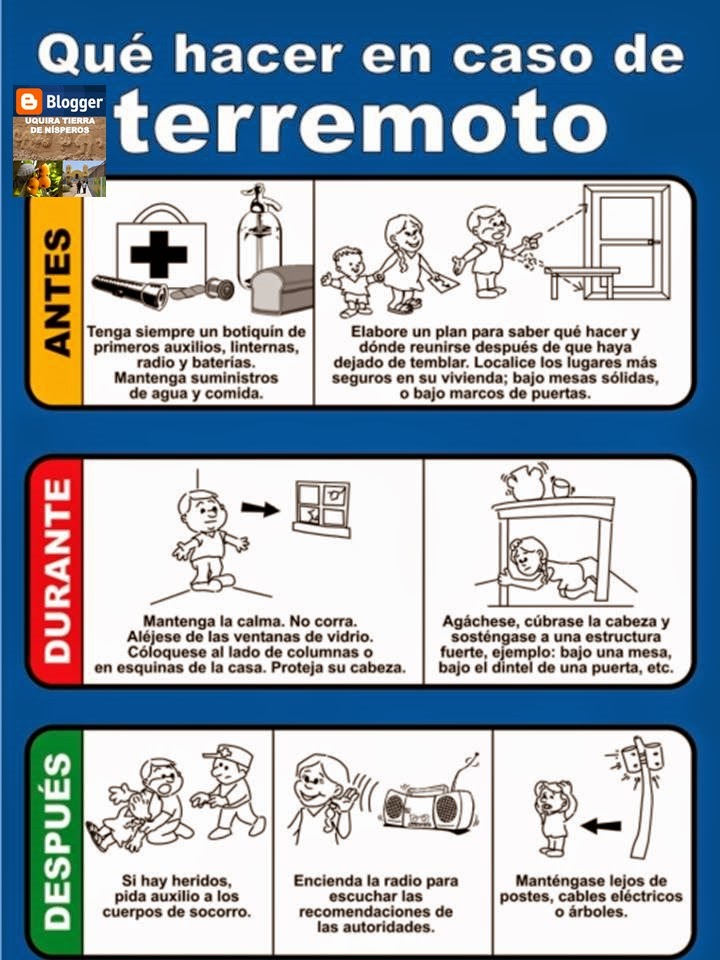The ground beneath our feet seems so solid, so permanent. Yet, deep within the earth, titanic forces are constantly at play, shifting, colliding, and sometimes, unleashing their energy in the form of earthquakes. These seismic events, ranging from barely perceptible tremors to catastrophic upheavals, remind us of the awesome power of nature and our own vulnerability in the face of it.
While we cannot control the earth's tectonic plates, we can control how we prepare for and react to earthquakes. Knowledge, they say, is power, and in this case, knowledge about earthquake safety can be the difference between life and death. Understanding what to do – and just as importantly, what not to do – during an earthquake is paramount for anyone living in an earthquake-prone region or visiting one.
The science of seismology has evolved significantly over the centuries, allowing us to better understand the mechanics of earthquakes, predict their likelihood, and mitigate their impact. Yet, for much of human history, earthquakes were shrouded in mystery and fear, often attributed to supernatural forces or divine wrath. Ancient civilizations developed myths and legends to explain these earth-shaking events, often associating them with giant creatures or angry deities.
The quest to understand and prepare for earthquakes led to the development of early warning systems, building codes, and disaster preparedness protocols. Today, we have access to a wealth of information about earthquake safety, including detailed guidelines on what to do before, during, and after an earthquake. These guidelines are not mere suggestions; they are the culmination of scientific research, practical experience, and hard-won lessons from past earthquakes.
The importance of knowing and practicing earthquake safety measures cannot be overstated. The first few seconds after the ground starts shaking are critical. Panic and confusion can lead to poor decision-making, increasing the risk of injury or even death. On the other hand, having a plan and reacting calmly and decisively can significantly improve your chances of survival and minimize potential harm.
One of the most common misconceptions about earthquakes is that doorways offer the most protection. While it was once believed that door frames were stronger than other parts of a structure, modern buildings are designed differently. In fact, standing in a doorway can be dangerous, as you are more likely to be injured by swinging doors or falling debris.
Instead, experts recommend the "Drop, Cover, and Hold On" method. If you feel the ground shaking, immediately drop to your hands and knees. This protects you from being knocked over by the shaking. Next, crawl under a sturdy piece of furniture, such as a table or desk, if one is nearby. If no shelter is available, crawl next to an interior wall, away from windows, bookcases, or anything heavy that could fall. Finally, cover your head and neck with your arms and hold on to your shelter until the shaking stops.
Advantages and Disadvantages of Earthquake Preparedness
While there are no inherent disadvantages to being prepared for an earthquake, it's helpful to understand the perceived drawbacks some people cite:
| Advantages | Perceived Disadvantages |
|---|---|
| Increased chances of survival | Time commitment for planning and practice |
| Reduced risk of injury | Potential cost of emergency supplies |
| Greater peace of mind | Possible anxiety or fear during drills |
As you can see, the perceived disadvantages are minimal compared to the potential life-saving benefits of being prepared.
Earthquakes are a fact of life in many parts of the world. While we cannot prevent them, we can learn to live with them safely by understanding the risks and taking appropriate precautions. By educating ourselves and our loved ones about earthquake safety, we can minimize the potential for damage and loss and face these natural events with greater confidence and resilience.
Remembering ann marie murphy a celebration of life
Unveiling the mystery what makes someone special como son la persona especial
Unleash your inner hero where to watch my hero academia
¿Qué hacer en caso de un gran terremoto? - You're The Only One I've Told
Qué hacer en caso de sismo, guía que nos podrá salvar - You're The Only One I've Told
que hacer y que no hacer en caso de sismo - You're The Only One I've Told
RECOMENDACIONES EN CASO DE UN SISMO - You're The Only One I've Told
¿Qué hacer en caso de sismo? - You're The Only One I've Told
Qué hacer en caso de un terremoto - You're The Only One I've Told
Que hacer en caso de sismo para colorear - You're The Only One I've Told
Simulacro de sismo: ¿Qué es lo que debes de hacer? - You're The Only One I've Told
Señalamiento Sismo / Incendio - You're The Only One I've Told
que hacer y que no hacer en caso de sismo - You're The Only One I've Told
Que hacer antes, durante, despuÉs de un sismo? #prevenirsalvavidas # - You're The Only One I've Told
Qué hacer en caso de terremoto - You're The Only One I've Told
Intensifican capacitación en escuelas para actuar en caso de sismo - You're The Only One I've Told
Pin en Cultura Preventiva - You're The Only One I've Told
Que Hacer En Caso De Terremoto - You're The Only One I've Told













